The Independent's journalism is supported by our readers. When you purchase through links on our site, we may earn commission. Why trust us?
11 best face sunscreens for 2025, tested by a beauty expert
I’ve tested everything from budget options to luxe formulas ideal for dry, oily or acne-prone skin types

When it comes to protecting your skin from damage, the golden rule is: never leave the house without SPF. The best sunscreens for your face protect your skin from those nasty UVB rays that cause you to burn, but will also shield you from UVA rays that contribute to the signs of ageing.
We spoke to dermatologist Dr Alexis Granite about why sunscreen is worth the hassle: “In short, broad-spectrum sunscreens protect skin against UV light produced by the sun. The two main types that impact skin are UVA and UVB, and together they are responsible for producing changes within the skin that can lead to sunburn and skin cancer, along with things like pigmentation, fine lines and wrinkles.” Dr Granite adds that nearly 80 per cent of the visible signs of ageing are due to UV exposure, which we’re exposed to even on cold and cloudy days.
Applying the right amount of sunscreen is important, too. “The ‘two-finger’ rule is a good one to know," advises Dr Granite. Just squeeze two strips of sunscreen along your index and middle fingers to get adequate coverage for your face, and remember to reapply every couple of hours if you're in the sun. If you use a moisturiser or foundation that includes SPF, it probably isn’t cutting it. As Dr Granite points out that you'd need to use far more of that product than is practical to get the stated protection. So the real secret to consistent sun protection isn't just remembering to do it, it's finding a formula you actually want to apply.
It makes sense, but it’s still hard to find the right product for your skin. Some are too greasy, are bad for sensitive eyes, or just don’t sit well underneath makeup or skincare. With that in mind, I’ve tested a whole host of formulas to find the very best sunscreens for your face – ones that are lightweight, non-sticky, and play nicely with makeup. My favourite overall is the Heliocare 360 gel-oil free SPF50 (£24.70, Amazon.co.uk) but there are plenty of other formulas that impressed. Keep scrolling for my full review and verdict.
How I tested

I incorporated these sunscreens into my daily routine for a few days at a time. The skincare paired with them remained the same each time – a hydrating serum, Byoma’s phyto mucin glow serum (£14.77, Amazon.co.uk) and an antioxidant, Tatcha’s the brightening serum (£86, Spacenk.com) – and I made sure each one was used underneath makeup to test if any formula piled when my foundation was applied on top. During testing, I paid attention to the following...
- Application: I tested how easily each sunscreen spread across my skin, how quickly it absorbed, and whether it left behind any stickiness or residue.
- Layering: I tested how well the sunscreens worked alongside my regular skincare routine, applying them after serum and antioxidant to check for any clashing or heaviness.
- Makeup compatibility: I tested whether each formula pilled, streaked, or sat smoothly under my foundation when applied as part of my usual makeup routine.
- Finish: I tested the type of finish each sunscreen left on my skin, from matte to glowy, and how natural it looked in daylight.
- Comfort: I tested how each sunscreen felt to wear over the course of the day, noticing if my skin stayed comfortable or if any product felt heavy, greasy, or irritating.
Why you can trust IndyBest reviews
The Independent’s product reviews section, IndyBest, employs knowledgeable reviewers to test products as you would use them in your own home, to bring you an impartial list of the very best.
Lucy Partington is an established beauty editor who has worked in the cosmetics industry for more than 10 years. She’s written about everything from retinol creams and cleansing oils to aftersun lotions and body sunscreens. She’s garnered experience speaking to dermatologists and knows the ingredients to seek out (and avoid) to keep your skin safe from harsh UV rays, year-round.
The best sunscreens for your face in 2025 are:
- Best overall – Heliocare 360 gel-oil free SPF50: £31, Boots.com
- Best budget buy – Byoma ultralight face fluid SPF30: £14.99, Amazon.co.uk
- Best for oily skin – Garnier BHA+niacinamide daily UV anti-blemish fluid SPF50: £6.49, Amazon.co.uk
- Best for dry skin– CeraVe AM facial moisturising lotion SPF50: £11.76, Amazon.co.uk
- Best for a glowy finish – Kate Somerville hydrakate illuminating SPF50 drops: £39, Cultbeauty.co.uk
1Heliocare 360 gel-oil free SPF50

- Best Face sunscreen overall
- SPF 50
- Key ingredients Fernblock, vitamin C, vitamin E
- Why we love it
- Moisturising
- Non-greasy
This is a brand often recommended by the dermatologists I speak to – and for good reason. The SPF’s texture is lightweight and it’s truly oil-free, absorbing quickly and easily without leaving the skin feeling greasy.

It is initially sticky on application but that subsides quickly, and I found it to be lovely to layer under makeup. It won’t clog pores, making it a good choice for acne-prone skin types, plus, the formula is bolstered with antioxidant protection for added benefits. It also survived several sweaty workouts and didn’t cause my eyes to sting.
2Byoma ultralight face fluid SPF30
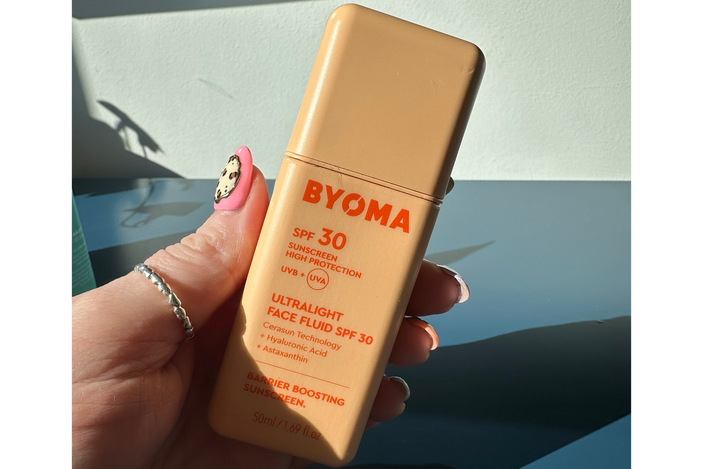
- Best Budget face sunscreen
- SPF 30 (also available in 50)
- Key ingredients Bisabolol, asthaxanthin
- Why we love it
- Lightweight
- Hydrating
- Supports skin barrier
Byoma has gone from strength to strength in a few short years and, thankfully, its newest sunscreen launch lives up to the hype. It’s ideal for all skin types, including oily and combination skin, and is available in both SPF30 and SPF50.
As with all Byoma products, it’s bolstered with the brand’s signature barrier-boosting ingredients, including ceramides and niacinamide, and works to help support overall skin health while protecting against damaging UV rays. It blends effortlessly into the skin, and I found it to be a great, extremely affordable everyday sunscreen that’s easy to wear.
3Dr PawPaw SPF50 day cream
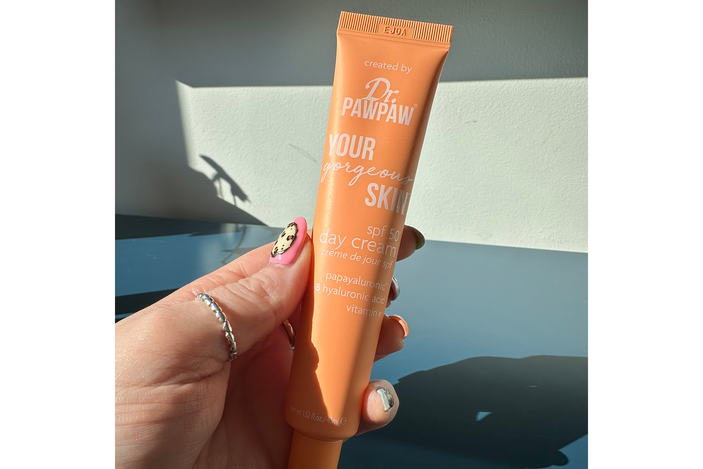
- Best Face sunscreen for extra hydration
- SPF 50
- Key ingredients Vitamin E, hyaluronic acid
- Why we love it
- Lightweight
- Absorbs into skin well
This SPF50 day cream ticks all of my boxes when it comes to sunscreen. It’s a beautifully lightweight formula that absorbs into the skin quickly and easily, leaving a healthy-looking glow in its wake.
It also feels incredibly hydrating and nourishing, thanks to the addition of papaya extract combined with hyaluronic acid and vitamin E. I also loved the packaging and how easy it was to squeeze out the right amount.
4Garnier BHA+niacinamide daily UV anti-blemish fluid SPF50
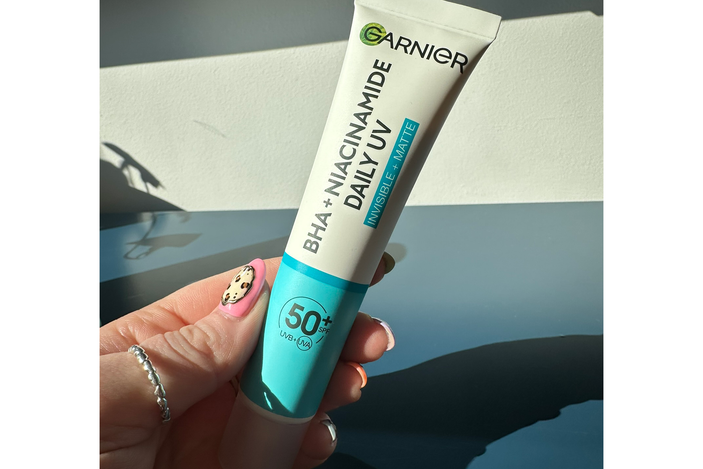
- Best Face sunscreen for oily skin
- SPF 50
- Key ingredients BHA, niacinamide
- Why we love it
- Lightweight
- Non-comedogenic
- Take note
- Watery consistency
- Didn't mattify skin during testing
I have been through multiple tubes of this sunscreen since its launch at the start of 2024. It’s incredibly lightweight yet effective, and I love the combination of BHAs (known for their ability to reduce the appearance of blemishes and excess oil) and niacinamide (known to soften and smooth skin), which work together to help prevent blemishes and breakouts while simultaneously protecting the skin.
The formula is incredibly watery so take this as your warning, but don’t mistake that for a bad thing because I find that it blends and absorbs more quickly than most, and it’s virtually undetectable once it’s on, too.
One final thing to note is that this sunscreen does claim to mattify skin, but I didn’t really find that to be the case during testing.
5CeraVe AM facial moisturising lotion SPF50

- Best Face sunscreen for dry skin
- SPF 50
- Key ingredients Ceramides, hyaluronic acid
- Why we love it
- Moisturising
- Non-greasy
- Take note
- Not as lightweight as some other formulas
- Requires a bit of rubbing into the skin
This one isn’t as lightweight as some other formulas tested and it does feel more like a traditional moisturiser, but it’s not at all greasy or sticky. It absorbs nicely into the skin, but I found that it needs a little bit more rubbing in. Once that’s done, all you’re left with is a healthy-looking glow, and I love how makeup wears on top of this formula, and the finish of it means it makes a great primer. Plus, like all CeraVe products, it’s bolstered with hardworking ingredients that nourish, protect and hydrate your skin.
6Kate Somerville hydrakate illuminating SPF50 drops

- Best Face sunscreen for a glowy finish
- SPF 50
- Key ingredients Zinc oxide, ectoin
- Why we love it
- Moisturising
- Won’t sting eyes
- Take note
- Takes a little while to absorb into skin
I’m always happy to discover new 100 per cent mineral sunscreens that are lightweight – and these illuminating drops from Kate Somerville don’t disappoint. Not only does a mineral formula not cause eyes to sting, this one is also slightly tinted, so, instead of being thick, chalky and white like some, this one shouldn’t leave a white cast on darker skin tones.

I did find that these drops took a while to absorb into the skin, but when they did they left a luminous, natural-looking glow in their wake. However, if you’re prone to oily skin, you may find it a bit much, depending on your personal preference. I also liked the addition of nourishing ingredients – so consider this to be a versatile product that combines skincare and sun protection well.
7Sculpted by Aimee beauty base all in one moisturising primer SPF30

- Best Face sunscreen for wearing under makeup
- SPF 50+
- Key ingredients Hyaluronic acid, peptides, light-reflecting pigments
- Why we love it
- Glow-giving
- Hydrating23
- Take note
- Ensure you're using enough product to get proper protection
I’ve never met a Sculpted By Aimee product I’ve not liked, and this moisturising primer with added sunscreen is no exception. A truly versatile product, it combines skincare, sun protection and makeup prep in one glow-giving product. It blends hyaluronic acid and peptides to help nourish and smooth the skin, and I love the radiant finish it delivers. If you’re prone to oily skin, this may be a bit too much for you, but overall I found it to be a great ‘one-and-done’ product – just make sure to follow Dr Alexis Granite’s advice and apply enough for adequate protection.
8Supergoop! protec(tint) daily SPF tint, SPF50
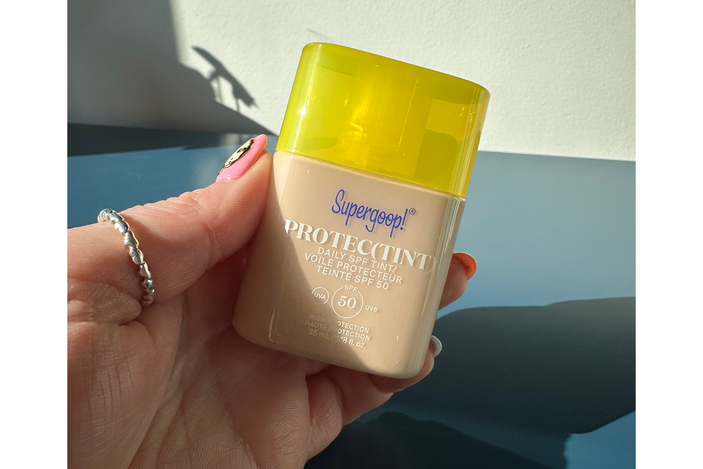
- Best Tinted sunscreen for your face
- SPF 50
- Key ingredients Ectoin, hyaluronic acid-infused clay
- Why we love it
- Natural-looking finish
- Hydrating
- 14 shades
- Take note
- Ensure you use enough product to get full protection
I have a lot of time for Supergoop!, so I’m glad protec(tint) finally made its way to the UK, a year after the product’s US launch. Formulated with 83 per cent skincare ingredients, including ectoin and hyaluronic acid, it’s available in 14 flexible shades.

I liked that the lightweight coverage was buildable, and it really does help to even out skin. It gives a good, dewy glow that lasts throughout the day. The one thing to be aware of is making sure you’re applying enough to get the SPF50 protection it promises, but since the product is buildable, I didn’t feel like I was applying too much. Overall, It’s a great multi-tasking product.
9Tatcha the silk sunscreen, SPF50

- Best Mineral sunscreen for your face
- SPF 50
- Key ingredients Zinc oxide, niacinamide, hyaluronic acid
- Why we love it
- Doesn’t sting eyes
- Good mix of ingredients
- Radiance-boosting
- Take note
- Expensive
While Tatcha’s debut sunscreen might have a higher price point, it’s worth the cost. Formulated with zinc oxide along with the skin-smoothing niacinamide and hydration-boosting hyaluronic acid, it’s lightweight and leaves a subtle glow in its wake.
It sits really well underneath makeup and, just like all other Tatcha products, applying it makes for a really lovely experience. It’s suitable for all skin types and is slightly tinted, so it doesn’t leave a white or grey cast on the skin. Plus, the applicator nozzle makes it easy to use the two-finger method that Dr Granite mentioned.
10Purifide daily moisturiser, SPF30

- Best Face sunscreen for spot-prone skin
- SPF 30
- Key ingredients Ceramides, allantoin, liquorice root extract
- Why we love it
- Non-sticky
- Non-comedogenic
- Suitable for teenagers
- Take note
- May not be hydrating enough if you have very dry skin
Ideal for teenagers and adults with acne-prone skin, this lightweight, non-greasy formula has SPF30 protection and it works to help hydrate skin without the worry of it clogging pores. It sinks into the skin well and has a matte – but not too matte – finish, so it’s a great choice for anybody with oily or combination skin. That said, it might not be hydrating enough if you have very dry skin.
Like some of the other sunscreens I’ve tried, it contains a blend of soothing ingredients that work to help calm any irritation or redness, which I thought was a nice addition, plus it comes at a great price point and works well as a base underneath makeup.
11Lancôme UV expert supra screen invisible UV serum, SPF50+

- Best Luxury face sunscreen
- SPF 50+
- Key ingredients Niacinamide, vitamin E
- Why we love it
- Non-sticky
- Non-greasy
- Lightweight
- Luxurious
- Take note
- Pricier than some other options
I love a lot of Lancôme’s skincare products, so I was excited about this serum-like sunscreen – and thankfully it didn’t let me down. Like the other lightweight products I’ve tried, this is also one that sinks into the skin quickly and is truly invisible after application, leaving no white cast. I was also a big fan of the added skincare benefits, including hydration and antioxidant protection. It’s a luxurious but effective option.
Your questions on sunscreens for your face answered
What’s the best sunscreen for your face?
When it comes to the best sunscreen for your face, Heliocare really is the perfect all-rounder. But if you’re somebody with acne-prone, oily skin, or if you have a teenager that you’re looking out for, Purifide’s sunscreen is a great option.
However, Tatcha and Lancome both offer a truly invisible formula with a luxe, high-end feel, and Supergoop!’s tinted formula is great, too. But if you don’t want to spend a lot of money, choose Garnier or Byoma and you won’t go far wrong.
Why do you need separate sunscreens for body and face?
Just as you wouldn’t use the same skincare product for your face and body, it’s best to use sunscreens that are specially formulated for your face.
Unlike your body, facial skin is exposed to environmental factors, meaning it’s also where some of your most delicate bits of skin are found – for example, the area under your eyes. Facial sunscreens are formulated to the same standards as skincare products and are designed to be comfortable to wear on your face, as well as being more lightweight and easily absorbed than sunscreens for your body. They also aren’t perfumed, and you can invest in different formulations depending on your skin type – dry, oily or combination.
Should you apply facial SPF daily?
While it’s essential to apply facial SPF when it’s sunny, it’s also recommended to apply some sun protection daily, whether that’s a dedicated sunscreen product or a moisturiser or foundation with SPF. UVA rays can still penetrate despite clouds or even window glass, so it’s best to help protect your skin against any possible rays.
Does sunscreen prevent tanning?
Wearing SPF doesn’t prevent tanning, as formulas aren’t able to protect your skin entirely from UVA. Factor 50 will protect you from 98 per cent of rays, while factor 30 shields you from 97 per cent of rays. This means it is still possible to get a tan while helping to protect your skin from sunburn.
Does sunscreen expire?
Sunscreen has a shelf-life of between two and three years, with most formulas remaining at their original strength for at least three years. However, once opened, sunscreen generally starts to lose its SPF efficacy after 6-12 months – make sure to read the label for clear guidance. So although you can use leftover sunscreens the following year, it’s best to purchase a new one. Unopened sunscreen will also have an expiration date, telling you when it’s no longer effective.
Meet the experts
Dr Alexis Granite: CeraVe consultant dermatologist
Keep the rest of your skin protected from the sun, with IndyBest’s guide to the best SPFs for your body

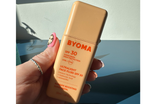
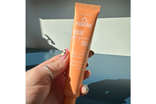
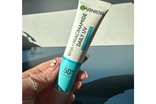
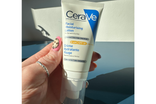
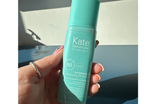

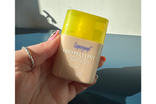


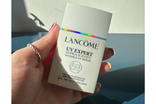


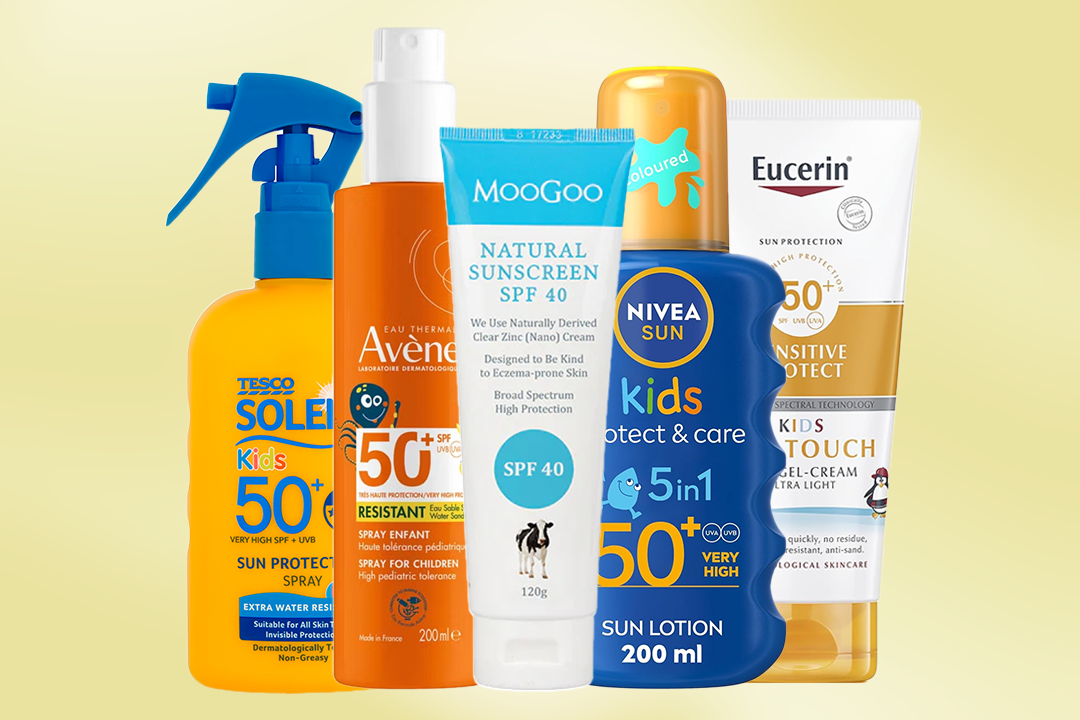
.png)
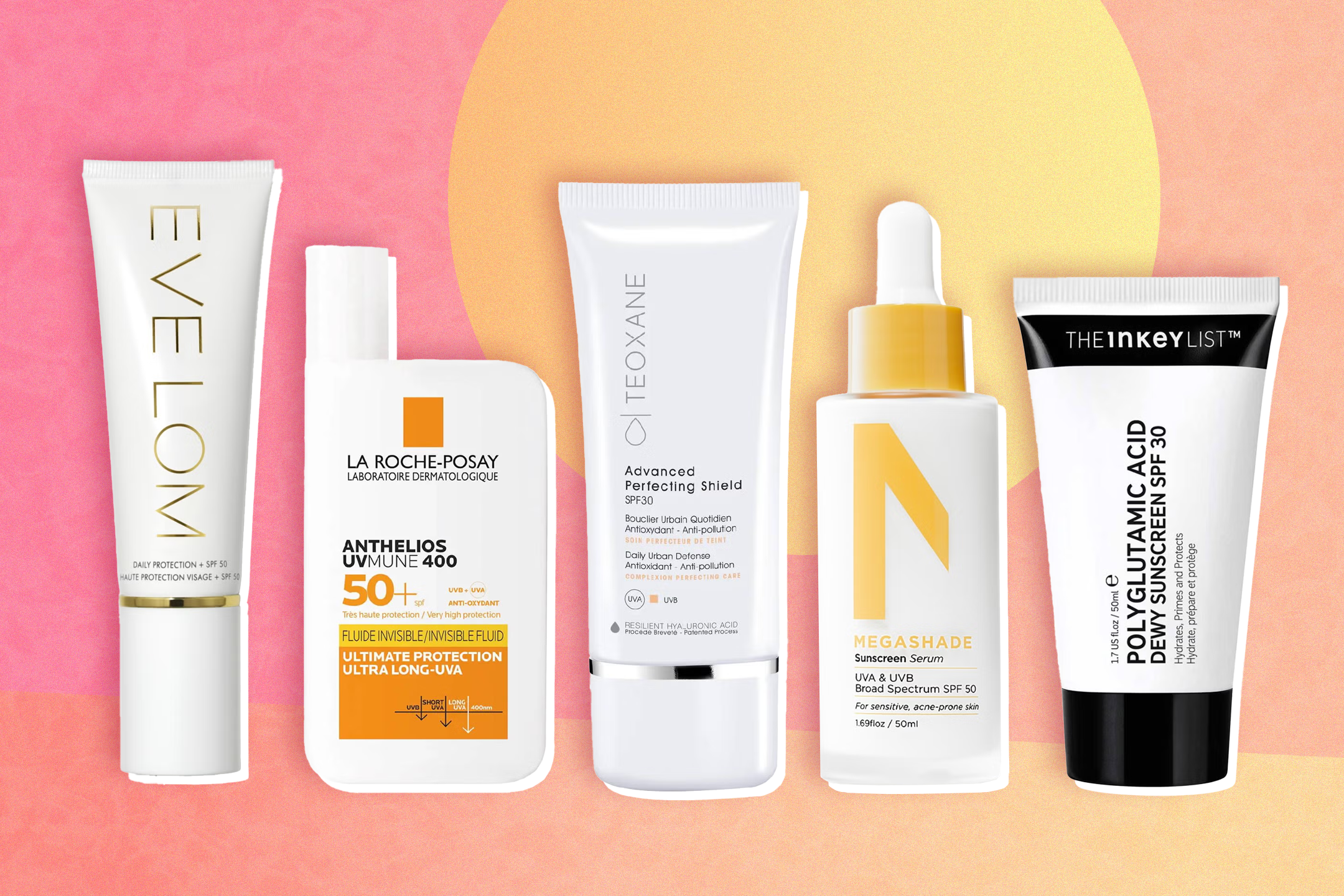
Bookmark popover
Removed from bookmarks